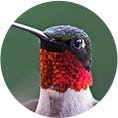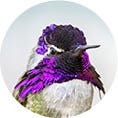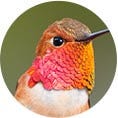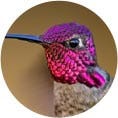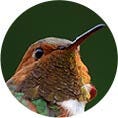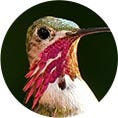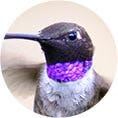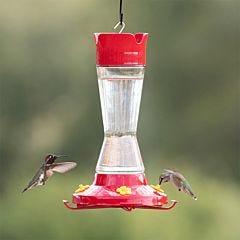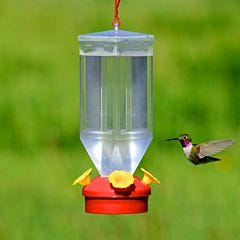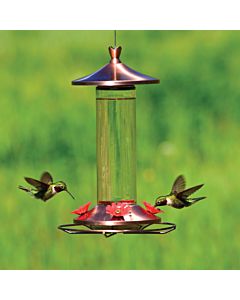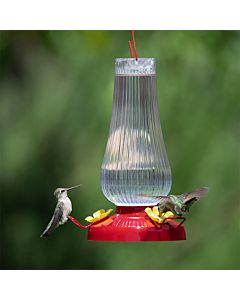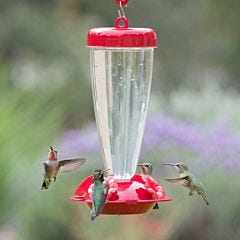All About Hummingbirds
Fun Facts
Anatomy
Hummingbirds are the world’s smallest species of birds. An average hummingbird is no more than 3 inches tall and weighs less than a nickel! However, they have several distinct features that will help you to identify which birds are living in your area.Species
There are more than 300 hummingbird species in the world. The majority of species are found in Central and South America. In the United States, eight species regularly breed and up to two dozen species visit. Below are some of the common species found in the United States.Migration
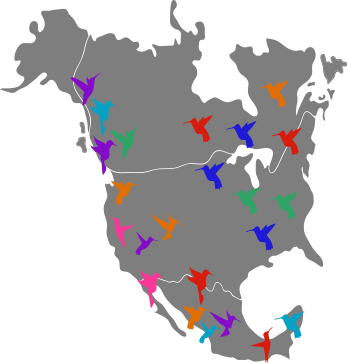
Diet
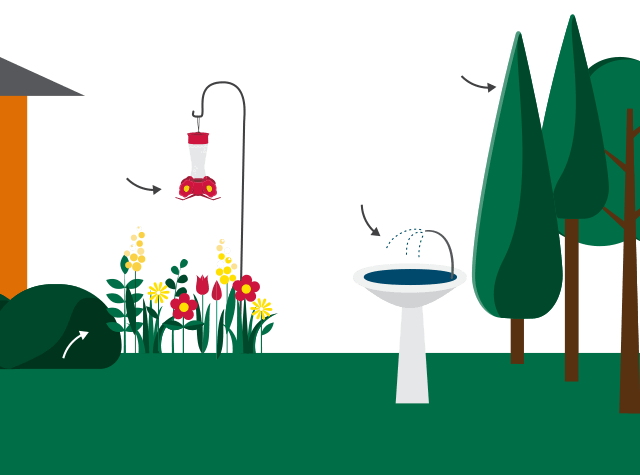
Attraction
Flowers
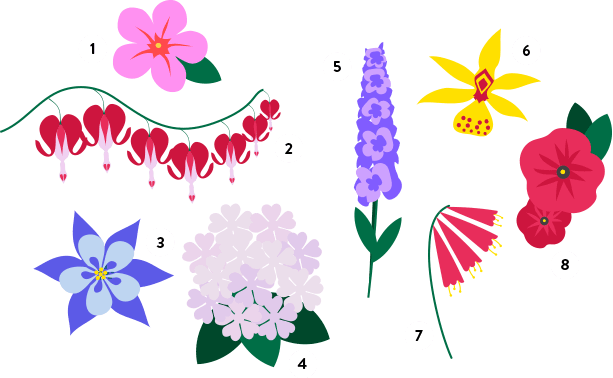
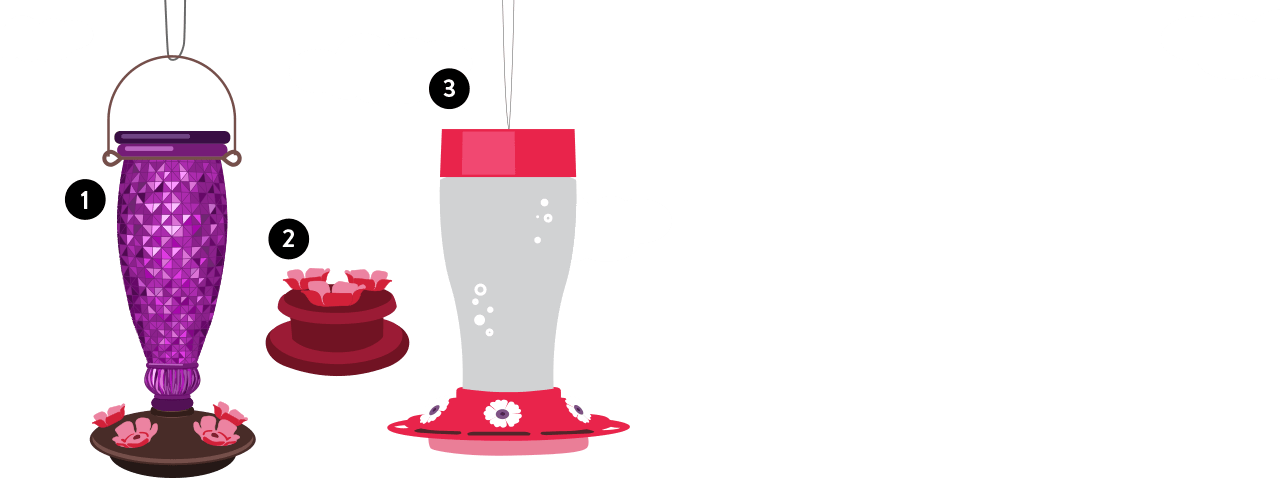 (1) Diamond Wine Top-Fill Feeder (2) Handheld & Tabletop Feeder (3) Big Gulp Glass Feeder
(1) Diamond Wine Top-Fill Feeder (2) Handheld & Tabletop Feeder (3) Big Gulp Glass Feeder
Types of Feeders
Threats
Habitat Loss
Urbanization, agriculture, deforestation, and development in tropical areas threatens the survival of dozens of hummingbird species. Because these birds are so small and territorially sensitive, even minor development can have a tragic impact on rare species of hummingbirds. You can help by making a hummer habitat in your own backyard!Pesticides
Not only do pesticides and insecticides eliminate the insects that are an essential food source for hummingbirds, but the concentration of chemicals in the environment can severely impact these tiny birds. Avoid using pesticides near your feeders or plants that attract hummingbirds.Cats
Outdoor pets are a major threat to hummingbirds. Because hummingbirds feed repeatedly at the same food sources, a cat can lie in ambush; one swipe of a paw can kill a hummingbird. Keep cats inside and avoid placing feeders within their reach.Window Collisions
Window collisions are common and often deadly for hummingbirds. Be sure to place your feeder at least 10 feet from windows and use paint, decals, or screens to break up the reflections on clean windows!Bad Feeders
Dirty hummingbird feeders can harbor toxic mold that kills hummingbirds, and feeders that leak excessively can attract bees and wasps that will attack hummingbirds. Be sure to clean your feeder every 2-3 days, or more often if placed in direct sunlight or in especially hot weather.How can you help the
Hummingbirds
There are many things you can do to help hummingbirds with their migration, habitat, and health. Now that you understand how hummingbirds are threatened and have some ideas on how to address the threats, there is still more you can do to help with the conservation of these beautiful flying jewels.
Be a Member of a Hummingbird Organization
Hummingbird organizations provide hummingbird-focused education and conservation through workshops, festivals, newsletters and much more. These organizations rely heavily on individual/family memberships and corporate sponsorships to be able to spread the word about hummingbird habitats and hummingbird teachings.For more information on hummingbird organizations, visit www.hummingbirdsociety.org, www.hummonnet.org, and www.abcbirds.org.
Support Hummingbird Education
It’s important to aid the institutions working diligently to research hummingbird health, diseases, and conservation. Some active projects at the UC Davis Hummingbird Health and Conservation Program include conservation genetics, population health status and diseases, and identifying threats to hummingbird populations. For more information on the UC Davis Hummingbird Health and Conservation Program, visit hummingbirds.vetmed.ucdavis.epu.
Get Involved with Citizen Science
Citizen science is collaboration between scientists and volunteers for the purpose of collecting and analyzing data. In the hummingbird community, citizen science can determine any changes in migratory patterns or identify avian diseases. ProjectFeederWatch is an excellent way to log the bird activity in your backyard and in turn, provide scientists with much needed bird data. For more information on ProjectFeederWatch, visit www.feederwatch.org.





